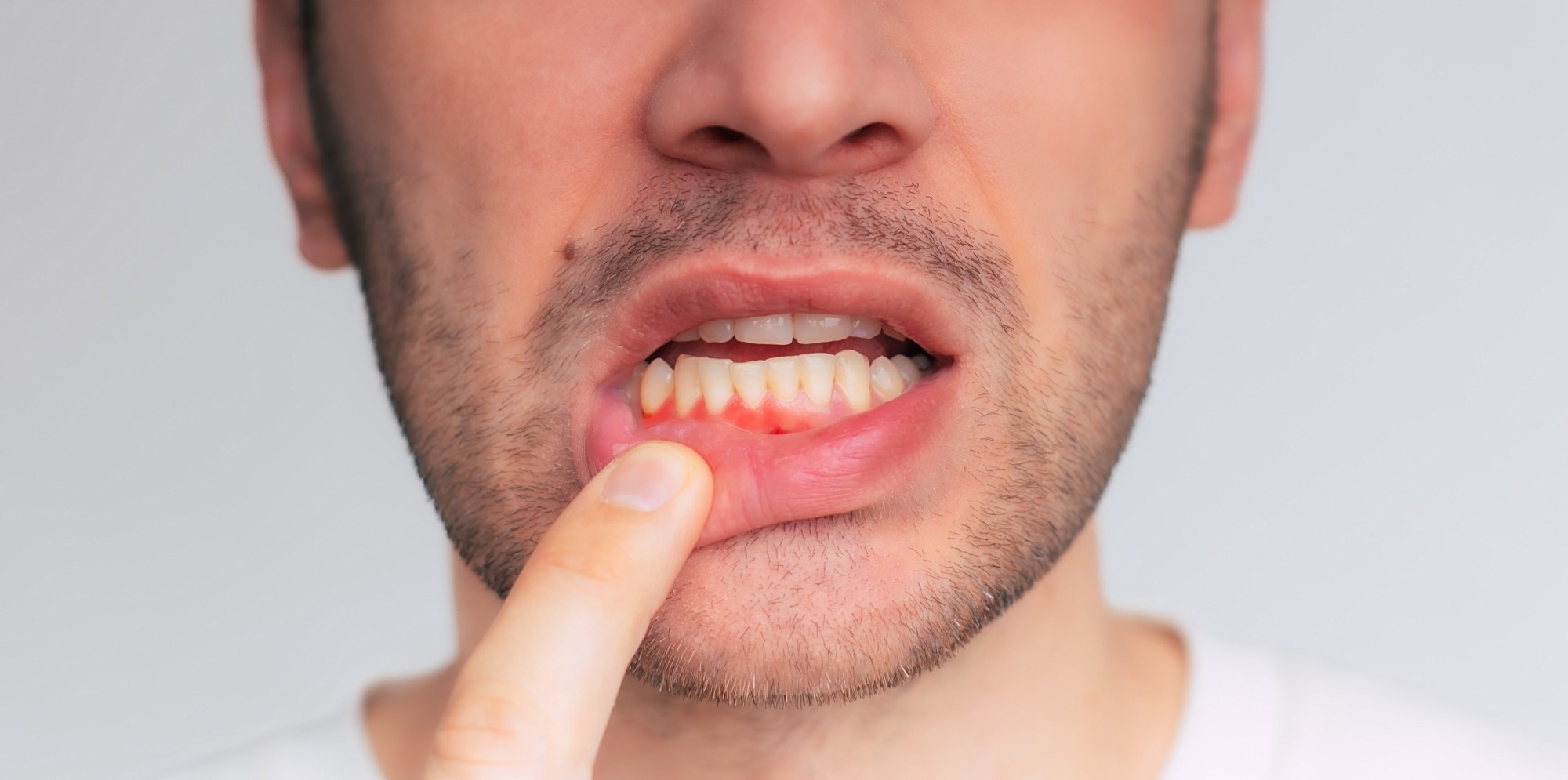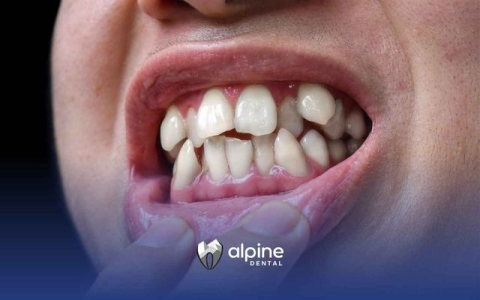Vaping poses significant risks to gum health, increasing the likelihood of gingivitis, periodontitis, and tooth loss. Unlike smoking, the risks are less obvious but equally dangerous due to altered immune responses and bacterial changes.
How Vaping Harms Your Gums
- Reduced Blood Flow: Nicotine constricts blood vessels, starving gum tissue of oxygen and vital nutrients, impairing healing.
- Masked Inflammation: Vapers often show less visible bleeding despite active gum disease, delaying crucial treatment.
- Altered Oral Microbiome: E-liquid aerosols promote growth of destructive bacteria while suppressing beneficial ones, accelerating tissue breakdown.
- Chronic Dry Mouth: Propylene glycol base causes xerostomia, reducing protective saliva that neutralizes acids and washes away bacteria.
Critical Prevention Strategies
- Prioritize Meticulous Hygiene: Brush with fluoride toothpaste twice daily using Bass technique (angled 45° toward gumline), floss daily, consider interdental brushes.
- Hydrate Aggressively: Counteract dry mouth effects by drinking water consistently throughout the day. Sugar-free xylitol gum can stimulate saliva.
- Mandatory Dental Visits: Schedule professional cleanings and exams every 3-6 months; inform your dentist about vaping habits for targeted monitoring.
- Monitor Symptoms Relentlessly: Watch for subtle changes like gum recession, persistent bad breath, teeth sensitivity, or gum texture changes despite minimal bleeding.
- Consider Cessation: Explore FDA-approved nicotine replacement therapies or behavioral programs; vaping is not a safe alternative for oral health.
Early intervention is paramount. Vaping-induced gum damage progresses stealthily. Adhering to rigorous oral care and frequent professional assessment remains essential for mitigating irreversible consequences.









